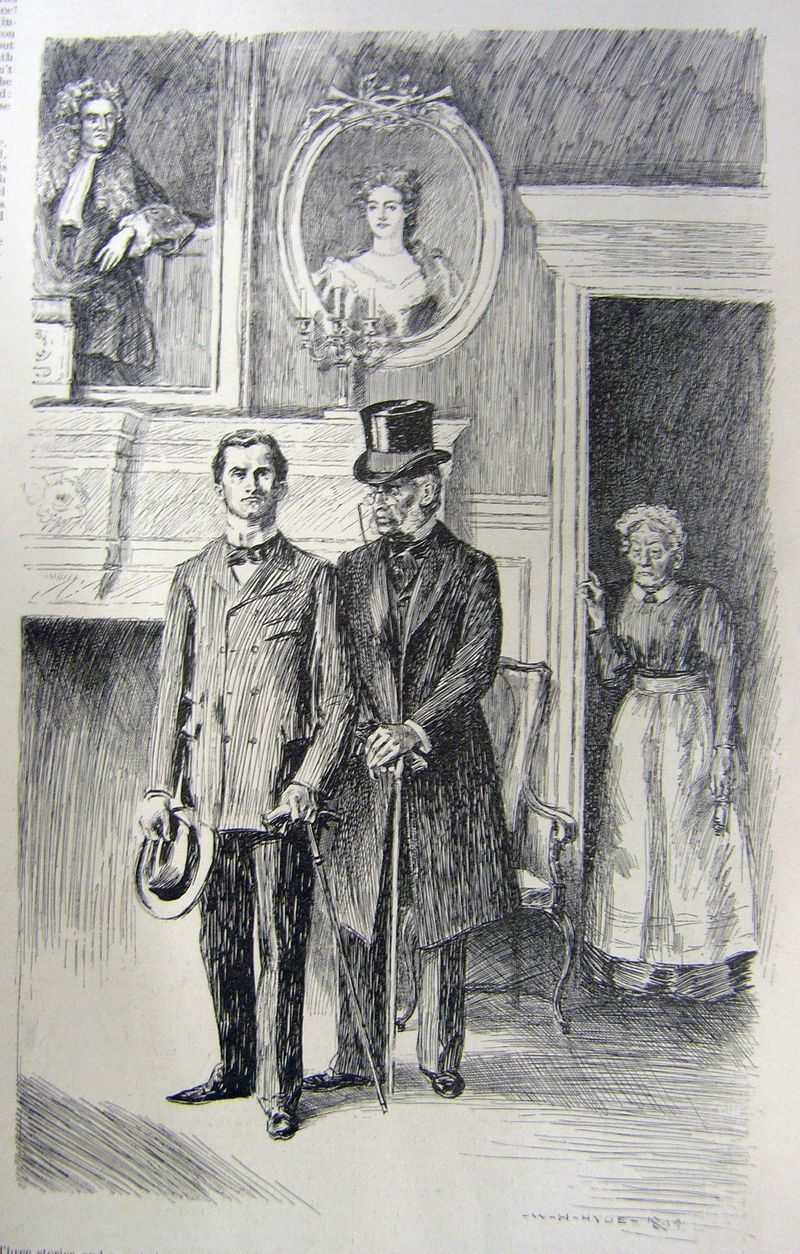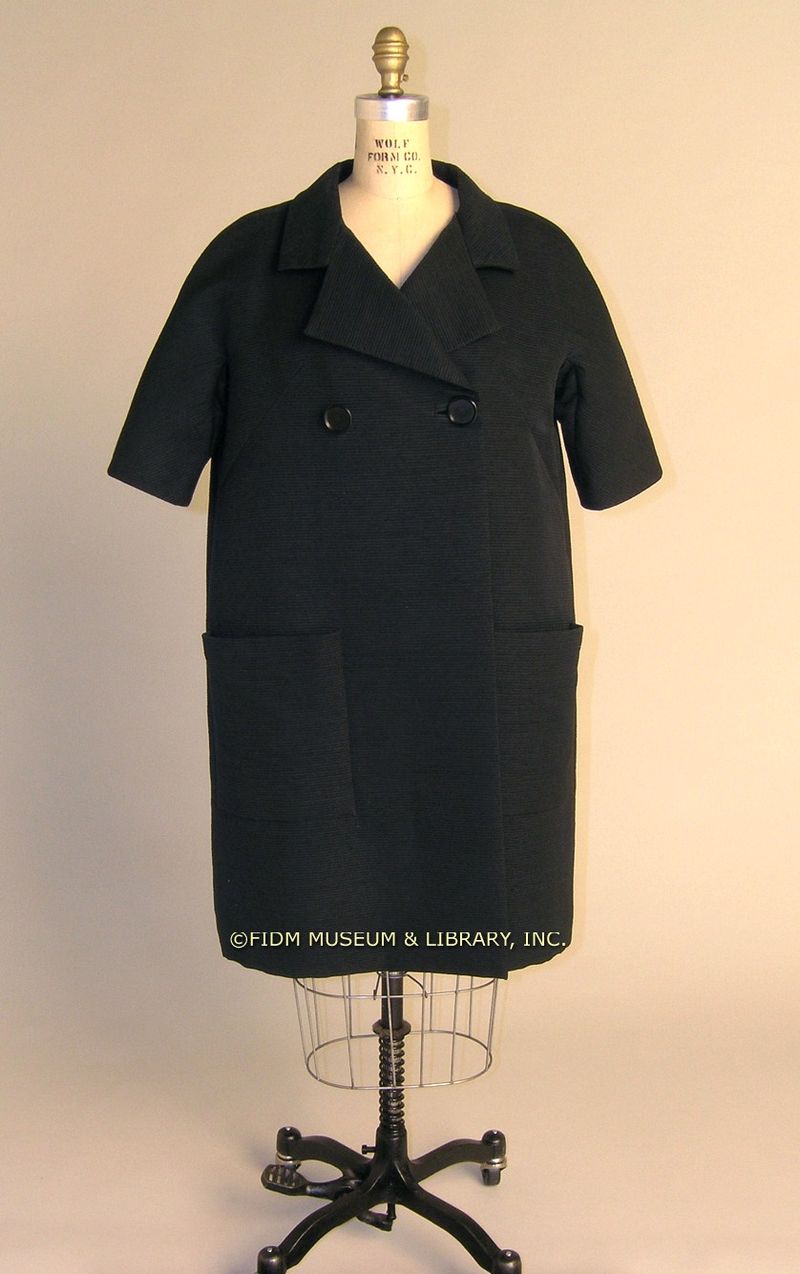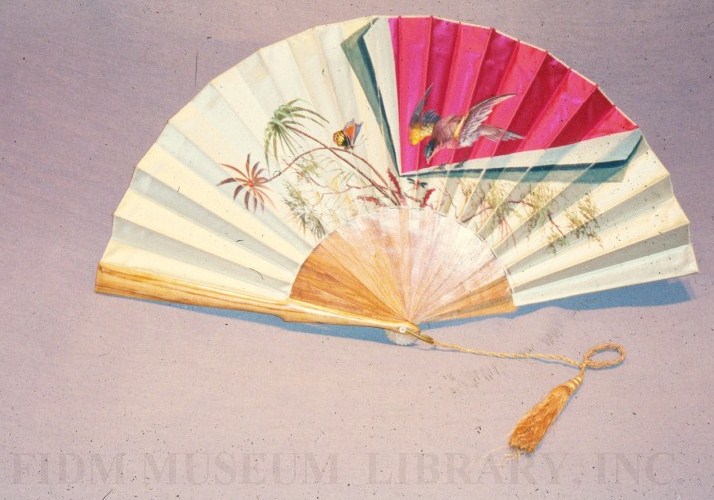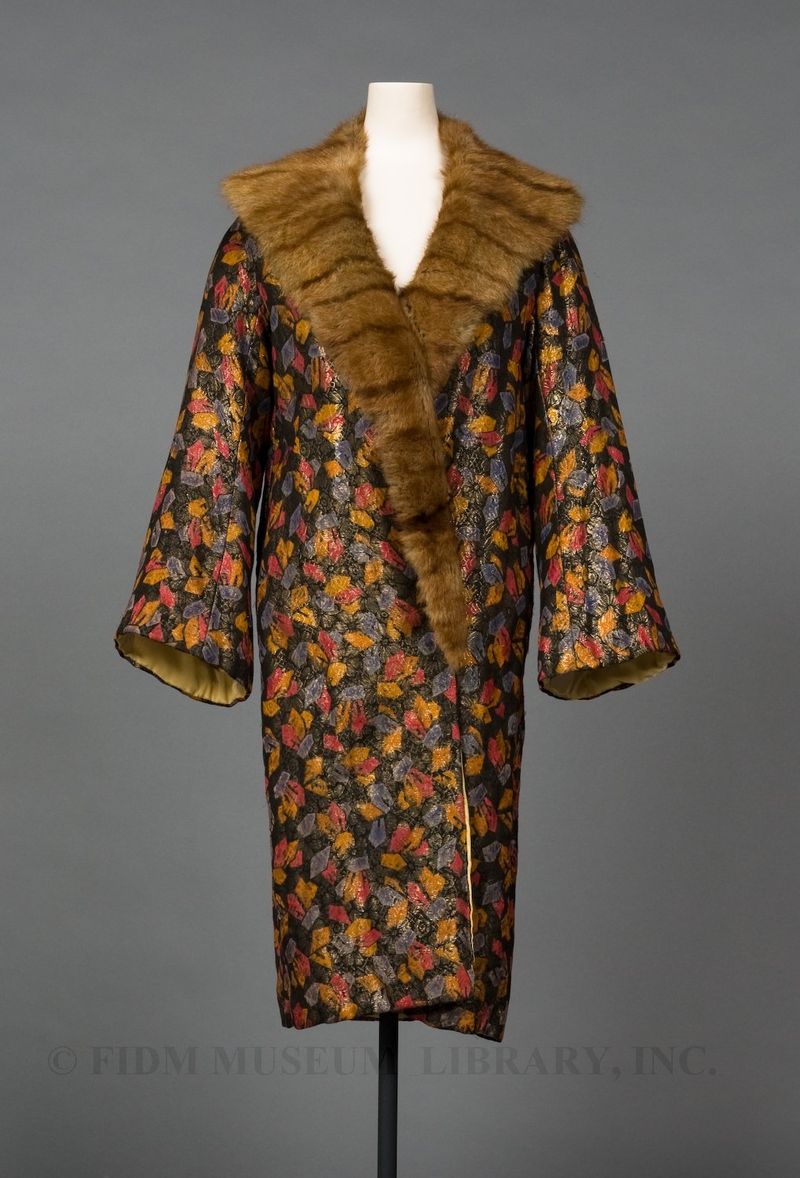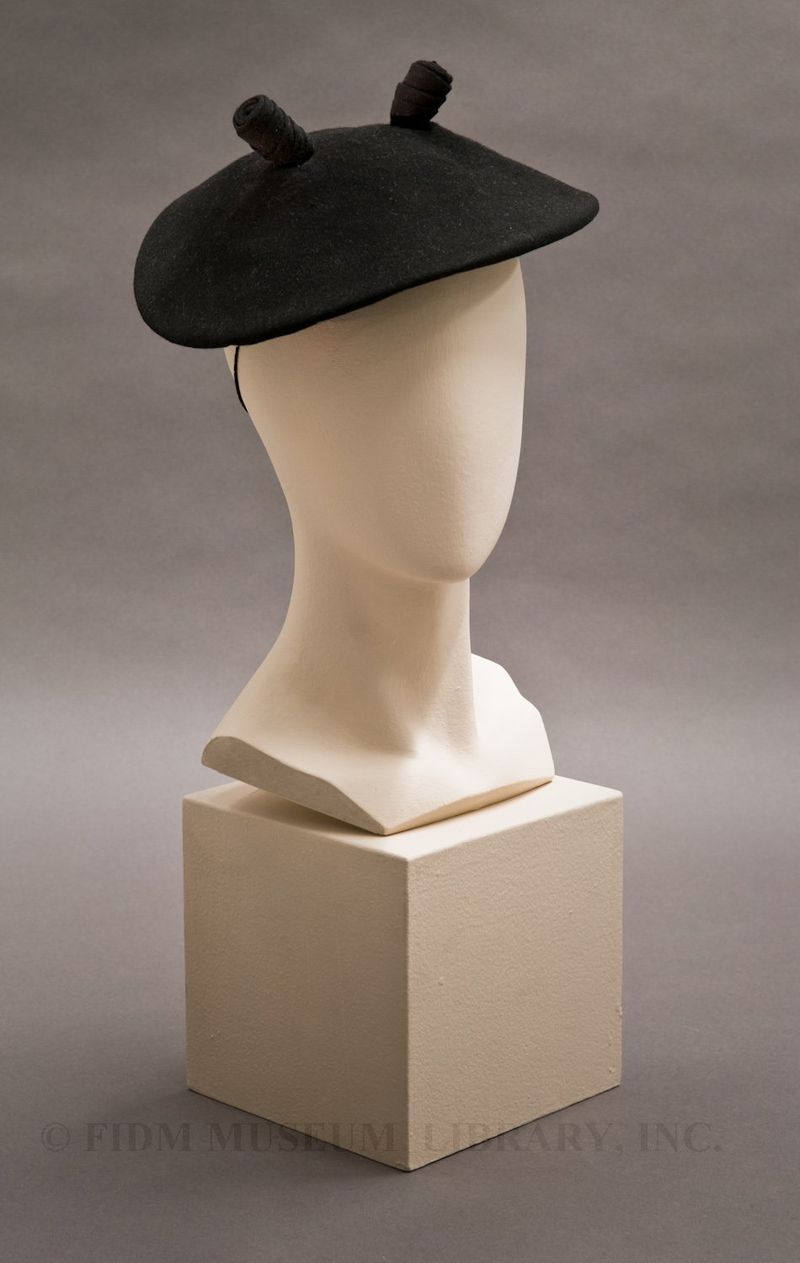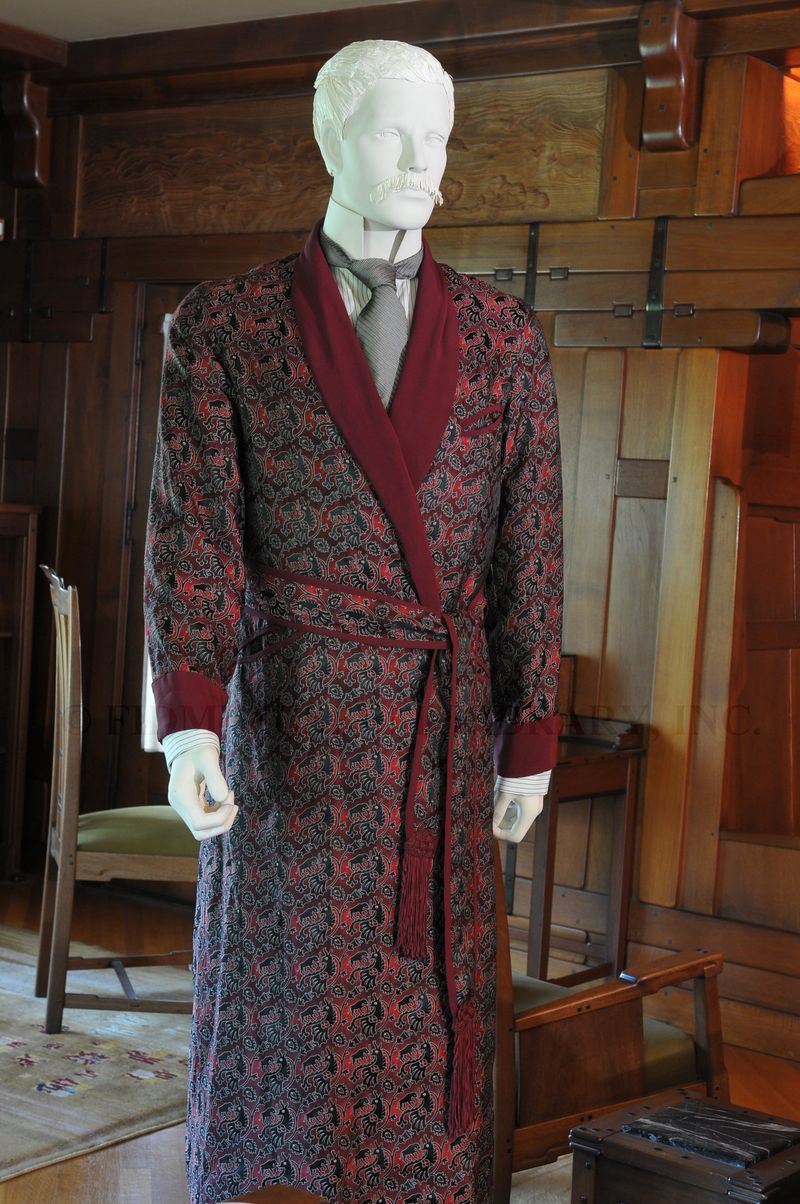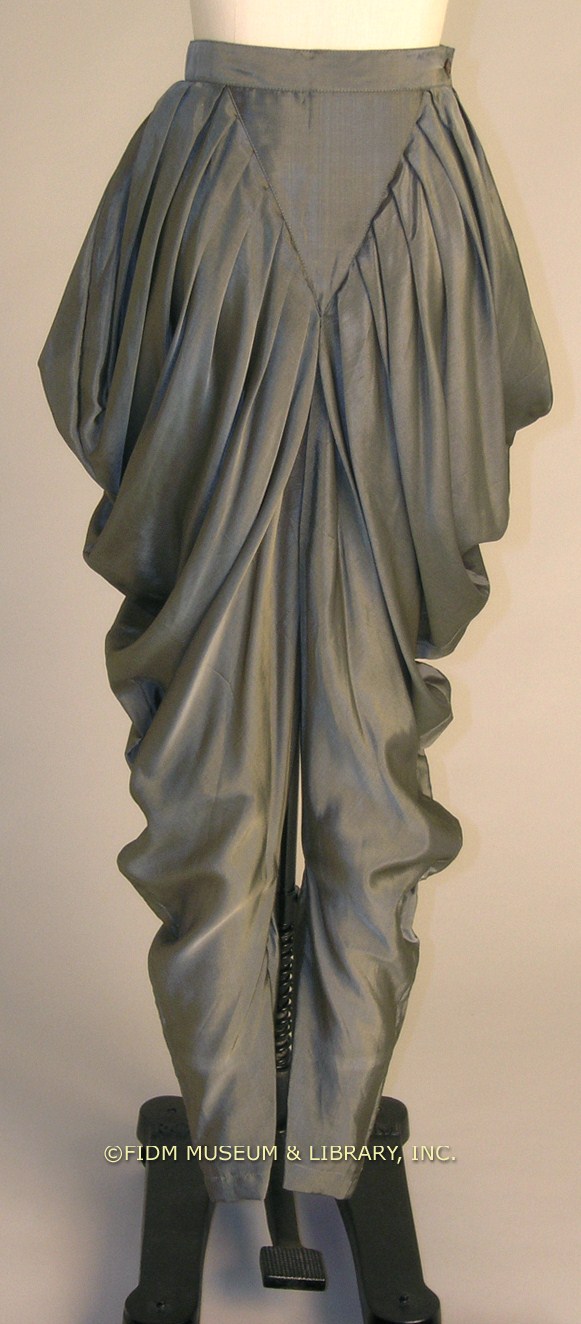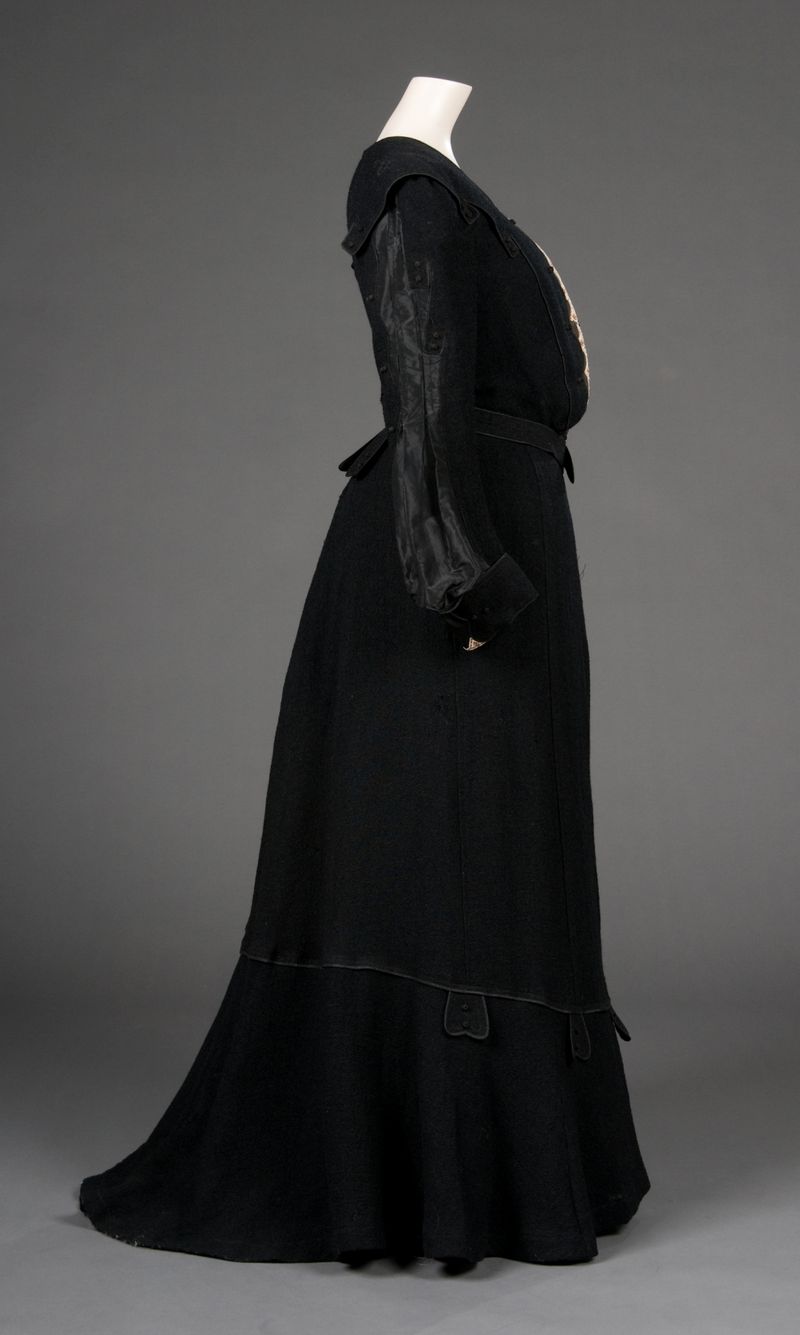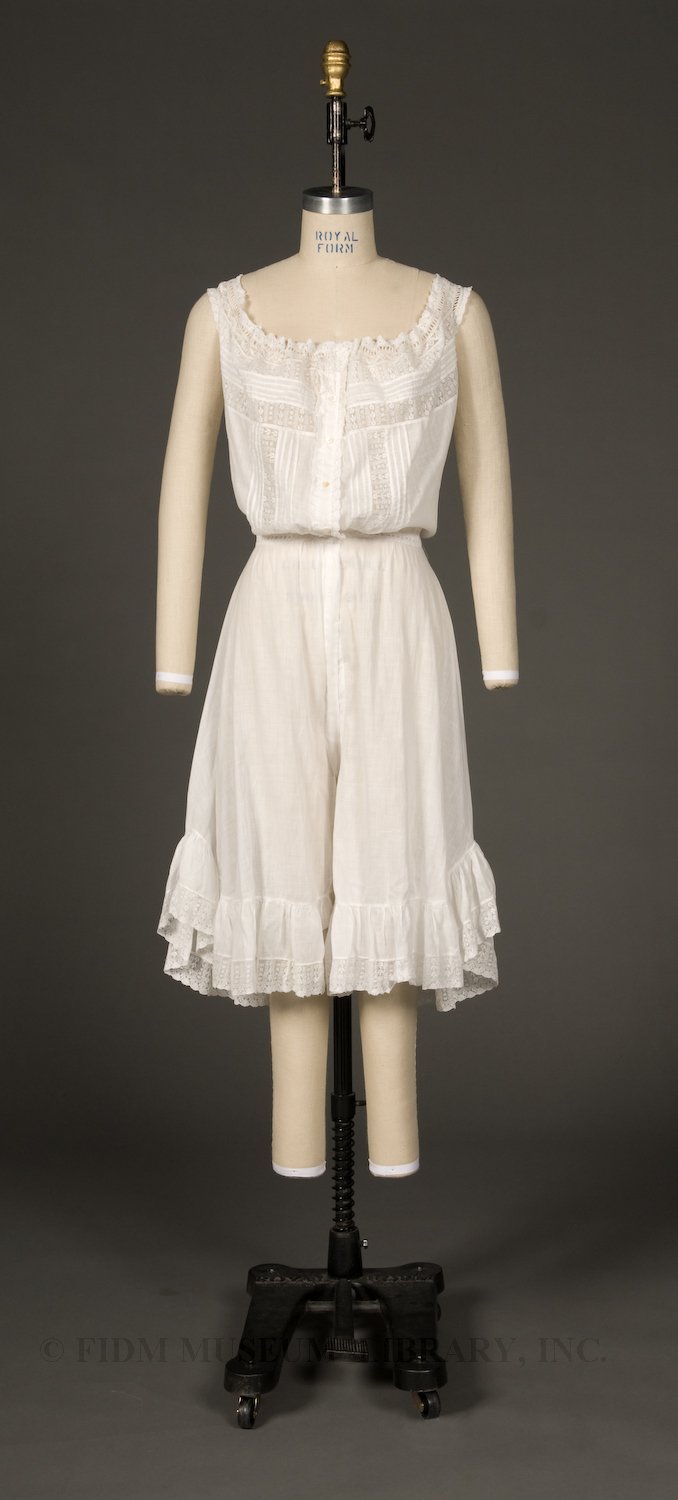This website uses cookies so that we can provide you with the best user experience possible. Cookie information is stored in your browser and performs functions such as recognising you when you return to our website and helping our team to understand which sections of the website you find most interesting and useful.
As promised, here is an excerpted portion of Meghan's research on Dracula, which she recently presented at Fashion in Fiction: The Dark Side. ******************************************************************** Since its publication in 1897, Bram... Read Article ››
American Editions of Paris Originals: 1950s couture copying
Should fashion designers be able to protect their creative output with copyright protection? Regardless of your position on this issue, issues related to fashion and copyright keep appearing in the media. Just yesterday, fashion bloggers noticed that... Read Article ››
Re-Designing History: The Competition
In conjunction with our current exhibit, Re-Designing History: FIDM Museum Study Collection, 1850-2000, FIDM Museum & Galleries held a design competition for currently enrolled FIDM students to re-design history by creating illustrations inspired... Read Article ››
Folding fans
During an early summer trip to Japan several years ago, I was fascinated to see that folding paper fans were more than just a tourist souvenir. Stores of all types and sizes sold paper fans printed with imagery ranging from cute children's... Read Article ››
Re-Designing History: FIDM Museum Study Collection, 1850-2000
Re-Designing History: FIDM Museum Study Collection, 1850-2000 is now open! This free exhibition is open to the public Tuesday–Saturday, 10am–4pm, until December 17, 2010. Coatc. 1926Silk & lamé brocade & minkGift of Ms. Judy ThomsenFIDM... Read Article ››
Valentina hat
Valentina never suffered a lack of confidence in her taste or in her design skills. She was notorious for giving clients what she thought the needed, not what they requested. In 1952, Life magazine reported that her maxim to clients was "take it... Read Article ››
Man’s dressing gown, 1905-1915
Throughout the 19th and into the first decade of the 20th century, mainstream formal and business dress for men was a black suit and light colored (often white) shirt paired with a black bow-tie. Constructed from durable wool and lacking all... Read Article ››
Issey Miyake’s early pleats
Until the early 1980s, most garments designed for Western women were created in reaction to the body. Whether emphasizing and exaggerating a curvaceous form, as in the New Look, or minimizing curves to create a willowy 1960s silhouette, Western... Read Article ››
S-bend silhouette
The S-bend silhouette emerged about 1900 and reigned supreme until the end of the decade. Created by a specific style of corset, the S-bend is characterized by a rounded, forward leaning torso with hips pushed back. This shape earned the silhouette its name;... Read Article ››
Combination undergarments
Combination undergarments, which combined chemise and drawers into one garment, first appeared in the late 1860s or early 1870s. By the 1890s, combinations had largely replaced the long chemise worn over a separate pair of drawers. The advantage of... Read Article ››

